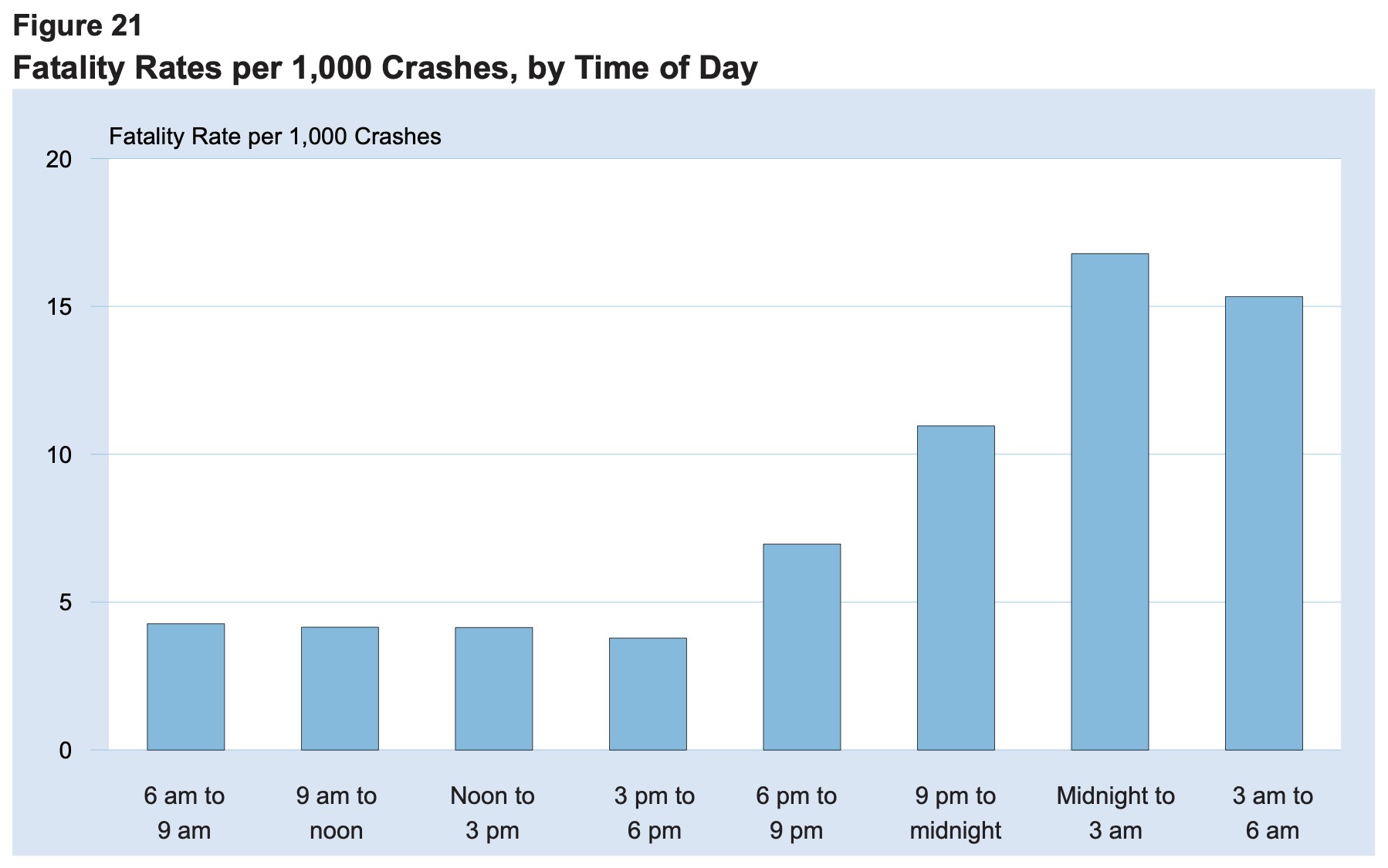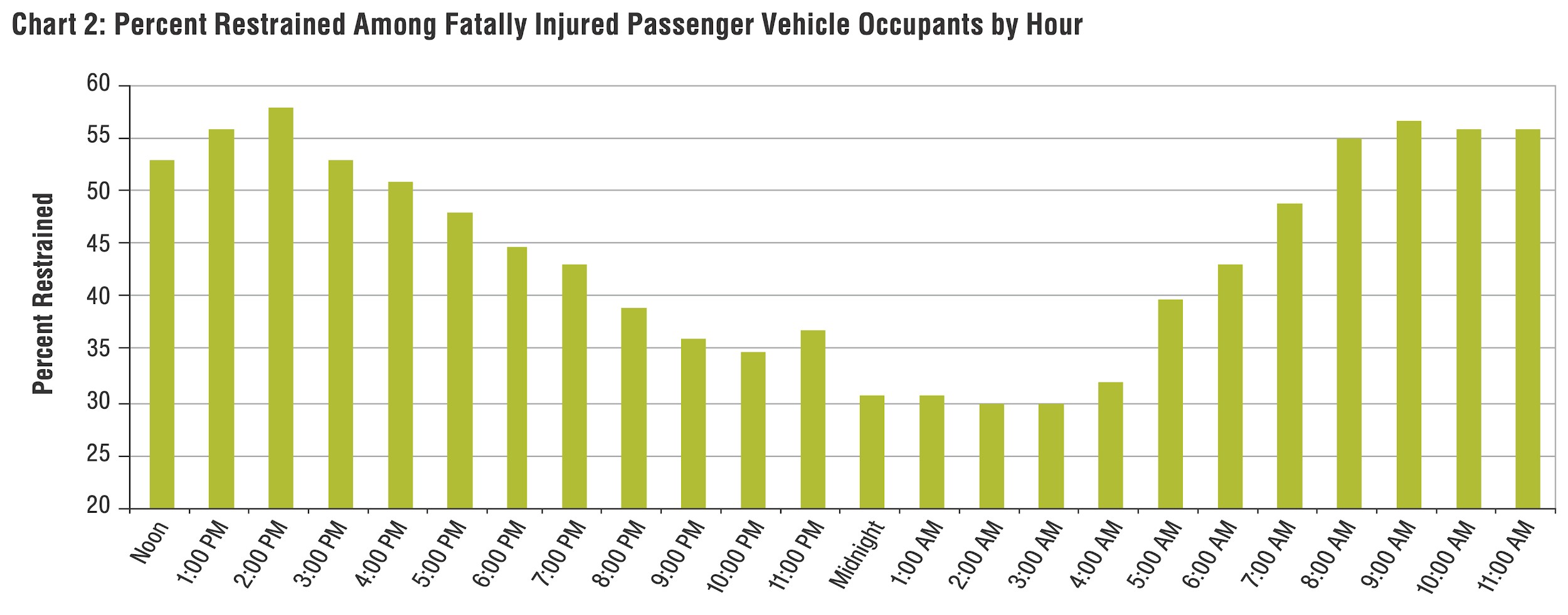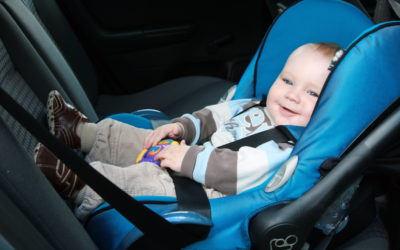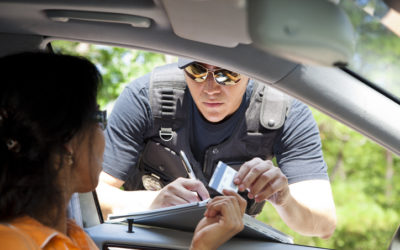15 Nighttime Safe Driving Tips
Every day, we hear about major accidents on roads because of distracted driving, bad weather, and aggressive driver behavior. No matter the cause, statistics reveal the most dangerous time to drive is at night. Driver behavior changes when the sun goes down, and so do road conditions.
Driving defensively is one way to help yourself — and your fellow drivers — stay safe on the road. But you’ll need a combination of behavioral and vehicle changes to ensure that you remain safe during the low-light hours.
Why is Night Driving So Hard?
Night driving is notoriously difficult to manage. Not only do the most accidents resulting in fatalities occur during the hours of midnight to 3:00 a.m., but head-on collisions are the most frequent cause of these deaths, according to data compiled by the Fatality Reporting System (FARS).
DRIVESAFE ONLINE DEFENSIVE DRIVING COURSES
Receive an Insurance Discount. Money-Back Guarantee!
Only $24.95
1-HOUR
6-HOUR

Night driving is more dangerous than you realize because there are many more factors at play.
The main one is light and visibility. Because it’s harder to see moving objects without light, a greater number of individuals end up misjudging the conditions of the road or the space between cars.
And there’s also a greater likelihood of drivers driving under the influence of alcohol or drugs during the evening hours.
Data collected every year by the NHTSA also shows that the passenger vehicle fatality rate increases during the night because of a lack of restraint use. Whereas belts are frequently used during the day — up to 58% at 2:00 p.m. — it drops 30 percentage points to low 30% at 2:00 a.m.

Then there are the unquantifiable and circumstantial factors that affect nighttime driving. These include driver fatigue, which can increase if drivers have been working long hours, and sudden appearances of animals, even on city roads.
15 Nighttime Safe Driving Tips
There are several actions you can take to mitigate the difficulties of nighttime driving.
1) Choose a Route Without Two-Lane Highways
It pays to plan and assess your route before you start driving in the dark. This is how you’ll be able to find out if there are any two-lane highways on route.
Two-lane highways are tricky because there’s always a chance that oncoming traffic will swerve around a bend and interfere with your vision because of their headlights. If you can avoid these roads, it will significantly reduce your chances of being blinded while driving.
2) Test Your Lights and Use Them Right
Speaking of lights, you want to make sure that your headlight lamps are in proper working condition. According to the Institute of Advanced Motorists, you should keep your headlights on an hour before sunset and an hour after sunrise, so make sure to test your headlamps during these times.
3) Maintain a Safe Distance (Especially in the Winter)
Safe stopping distances vary by the size of the vehicle and the conditions of the road. For example, a smaller car, which would usually maintain a shorter distance from the car ahead may require more time to stop if the roads are slippery.
4) Slow Down
No matter what the conditions, it’s wise to drive just below or at the speed limit. During the nighttime, it’s even smarter to slow down so you’re prepared to react if necesary. Depending on the roads you’re driving on, this shouldn’t be a problem because there are fewer cars on the road. For urban roads and highways, try and shift into the right-most lane.
5) Avoid Driving When Fatigued
No matter what, avoid driving when you’re tired. Fatigue leads to poor mental clarity, bad concentration, and a serious decrease in level-headed decision making. All of these add up to a driver that should be even more alert on the road.
6) Keep Your Windshield Clean at All Times
Even if your windshield appears clean during the day, it’s the nighttime that might reveal dirty streaks. This residue can cause glare when other drivers’ headlights are bouncing off your front windshield.
A good technique is to use a newspaper to polish up your windows and windshield. You can even use this for your side-view mirrors. Just in case, keep a microfiber cloth inside the car for spot cleaning.
7) Watch the Weather
The weather conditions can turn in an instant and being prepared is part of defensive driving practices. Always be on the lookout for signs of fog, a snowy patch, or a passing shower. Based on the conditions of the road, you should slow down and adjust your headlights
8) Keep Distractions at Bay
Even though map apps are intended to help us drive with more clarity and insight, their bright lights and notifications can be the very reason we’re distracted on a dark road. If you use a navigation app, keep the glare low and rely on the voice instructions rather than glancing at the screen.
9) Tilt Your Mirrors to Avoid Being Dazzled
You may know you’re not supposed to use high beams in the night (unless you’re on an unlit, rural road). But other drivers may not be as knowledgeable — or as willing to follow driver etiquette.
If there’s a driver shining high beams behind you, tilt the angle of your mirror slightly. You’ll be able to keep your view intact but avoid being dazzled by glare.
10) Wear a Seatbelt
While it’s true that drivers are more prone to skipping seat belts when it’s dark, most modern passenger vehicles have sensors that set off a repetitive noise — as a reminder to wear your seat belt and as an incentive to get rid of the noise.
11) Aim Your Headlights Right
Aiming your headlights may not be a priority when you’re driving in the day, but in the night, it can make all the difference. For example, under conditions of fog, aiming your headlights too high can cause glare and blind other drivers.
12) Skip the Prescriptions
If you’re sick, you shouldn’t be driving. That goes double if you’ve taken prescription medication. The side effects of prescription medication may make you drowsy or could simply make you feel more fatigued.
13) Do All You Can to Protect and Enhance Your Vision
You should be getting your vision checked every one to two years. Keep your prescription up to date and if you wear lenses, make it a part of your plan to carry a small bottle of lens cleaner and your glasses with you. That way, if something ever irritates your eyes behind your lens, you can simply take them off.
14) Avoid Autopilot Features
Autopilot features are great for road trips. And when the roads are emptier, it may be tempting to set your car on cruise control.
But nighttime requires you to stay more alert. From sudden pedestrians to animal crossing, you never know when the conditions of the road will change. Furthermore, setting your car to cruise in the night, especially if you’re more fatigued, could cause you to nod off momentarily. And that’s just plain dangerous.
15) Drive Defensively
Driving defensively means that you’re staying alert, staying focused, and being respectful of other drivers. You’re always observing the changing conditions of the road and taking care to brake more often, keep your speed low, or maintain a greater distance between cars.
Conclusion
Once again, the external circumstances of driving only have so much control over your driving behavior and decisions.
At the end of the day, you’re the one in control. Using any of these nighttime safe driving tips can help you respond to situations as they arise.
Learn more about how to use defensive driving to stay safe in any driving environment, day or night, at DriveSafe Online.
Other posts you might enjoy:
We Believe in Nashville
Our thoughts are with all those in Nashville and across the great state of Tennessee affected by the recent tornadoes. The safety of our DriveSafe Online family, customers and partners is our primary concern. Tennessee Governor Bill Lee called for residents to stay...
Child Passenger Safety Regulations: A State-By-State Guide
Your State-By-State Guide to Child Passenger Safety Regulations Child passenger safety regulations are in place because a leading cause of death for children, one in every four, is driving-related accidents. Each one of these deaths is a terrible tragedy, but you may...
Will A Speeding Ticket Affect My Insurance?
By Patrick Mileham DriveSafe Online Contributing Writer Speeding tickets are part of your driving record so they may increase the amount you pay for insurance. That’s the bad news. The good news is there are several factors that must occur to actually trigger a rate...
Your Road to Savings

Patrick M. is Editorial Director for the always expanding DriveSafe Online library of courses. With over two decades of experience developing award-winning training, he now focuses on innovating online driver safety training. Pulling from his background in journalism, he steers the wheel behind the creation of top-tier content that promotes a better journey—whether on the digital highway of learning or the real roads we travel every day.


